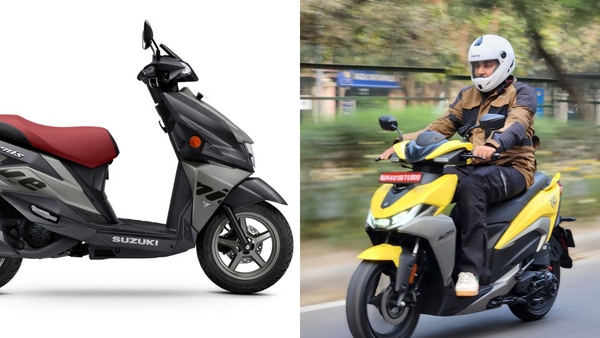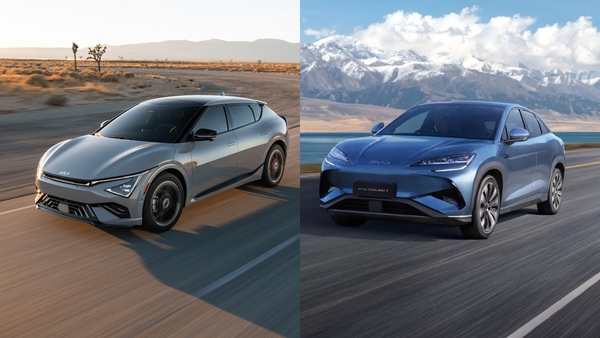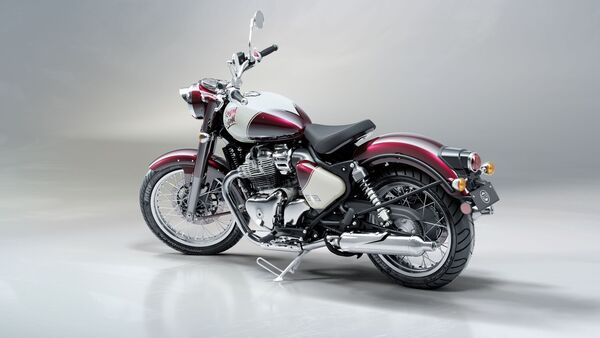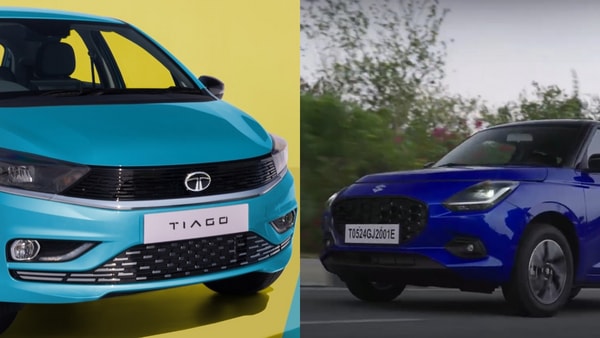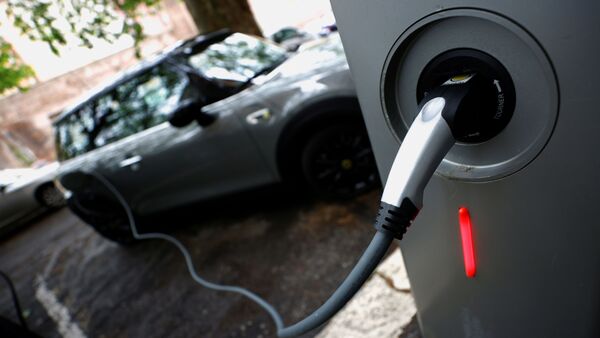
Busting 5 EV myths on the fifth annual World EV Day: What you need to unlearn
6 months ago | 73 Views
While battery replacements were commonplace a decade ago, modern plug-in EV batteries are designed to hold up for significantly longer and generally last the lifetime of the vehicle. Most PEV batteries last for as long as 15-20 years. A recent study conducted in the US by battery health startup Recurrent stated that only 13 per cent of EV owners from 2015 and earlier reported having to go through a battery replacement. The replacement rate dropped to one per cent from 2016 and later.
Range anxiety is prevalent among first time EV buyers, and most households fret over the assumption that their EV may not be able to handle their daily commute, dying out in the middle of one such trip. The reality is not as bleak as one may expect it to be, with entry-level electric cars in the Indian market providing a considerably high single-charge range of around 250-350 km, with some going as far as 400-450km. Recent reports and surveys have observed that the typical urban resident travels anywhere between 35 km to 40 km each day on average, spending approximately 60 minutes for 20 km.
If we take an EV with a hypothetical 300 km of single-charge range and drive it for 40 km each day for 30 days, we would need to charge once every 7.5 days. With these figures, we would need to charge our EV a total of four times for every 1,200 km.
Batteries in EVs are perceived to be unrecyclable due to certain assumptions, one of them being that they are simply discarded after their lifespan comes to an end. While modern batteries can last for nearly two decades, they are operational for longer with residual energy that can be extracted through recycling. Current recycling processes are further able to recover nearly 90-95 per cent of key minerals such as lithium, nickel, and cobalt, making recycling profitable. Automakers are additionally investing in projects and partnerships geared towards battery energy storage systems that make use of extracted energy from used EV batteries.
Contrary to public opinion, the degradation curve of an EV battery is not a sharp one and there is a prolonged period of slow ageing after the initial drop. Lithium-ion batteries have an S-shaped degradation curve, where a new battery observes a noticeable decline before settling into a more stable state. Once it reaches this point, the battery goes through a long period of time where it degrades slowly and in a rather linear fashion. When the battery reaches the end of its lifespan, it degrades sharply. While it can go into failure at this point, cars that require a battery replacement rarely do so. Most EVs that are being driven on the road today are within their stable period and will most likely get their batteries replaced and recycled before they get a chance to fail.
One of the biggest concerns of first-time EV buyers is the number of accessible charging stations that they can make use of. As of February 2024, India has 12,146 EV charging stations operational across the country, according to the Ministry of Heavy Industries. Out of this number, the top spot is held by Maharashtra with 3,079 charging stations. Delhi comes second with 1,886 stations. The only expectations are for these figures to grow consistently as the rate of EV adoption increases. Projections indicate that the number of charging stations could exceed one lakh by the year 2030. As of now, there are multiple initiatives from not only the manufacturer’s end but also the government’s to establish EV charging infrastructure.
Read Also: Hero Destini 125 to launch soon: Now in pictures
HOW DID YOU LIKE THIS ARTICLE? CHOOSE YOUR EMOTICON !
#

